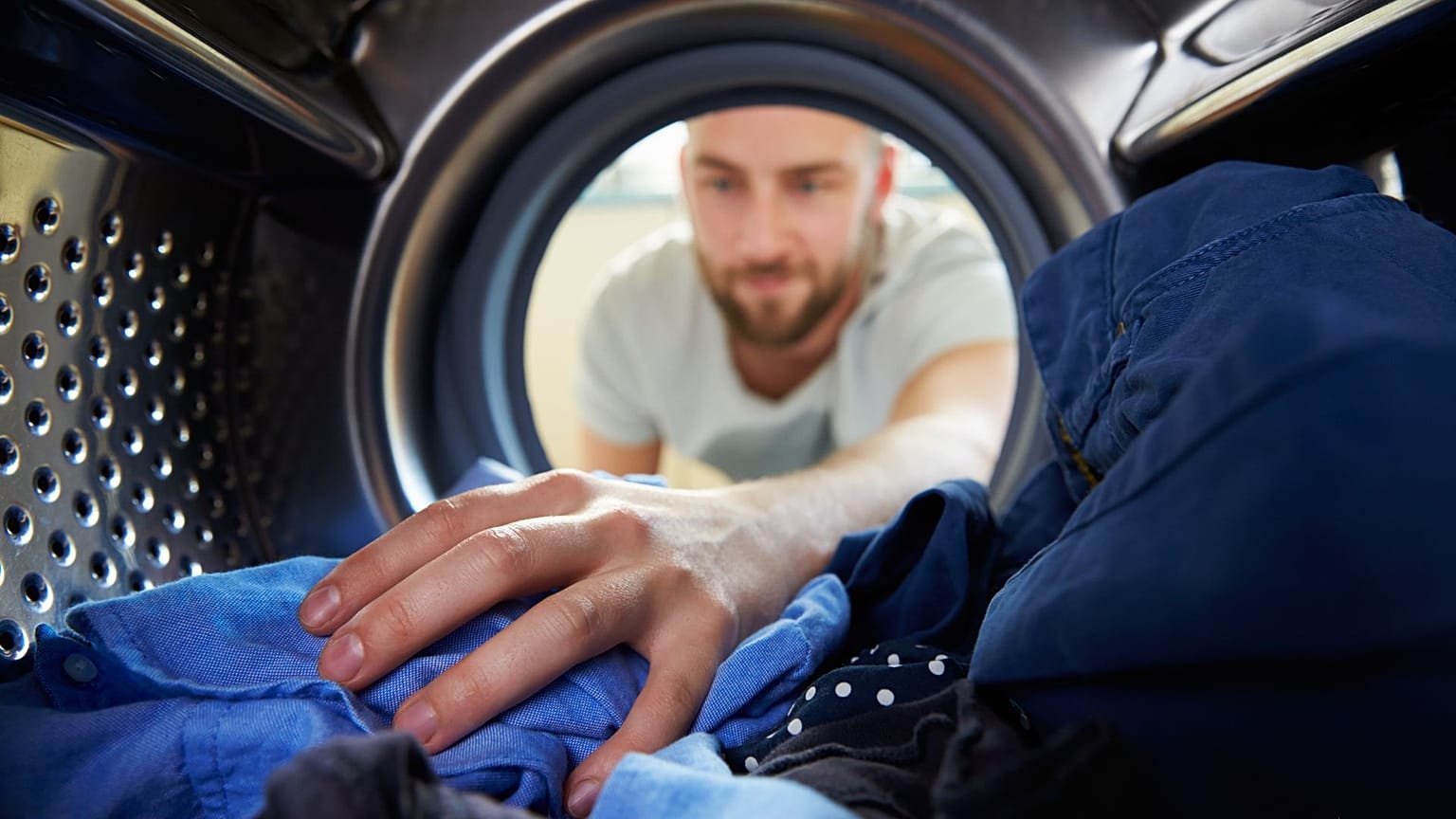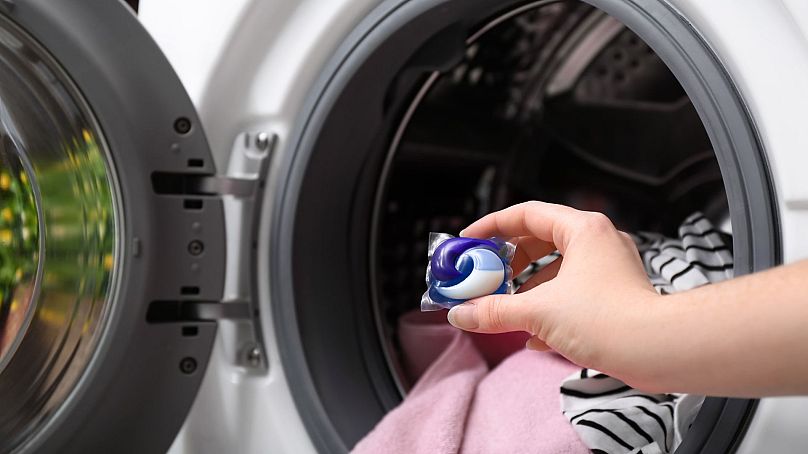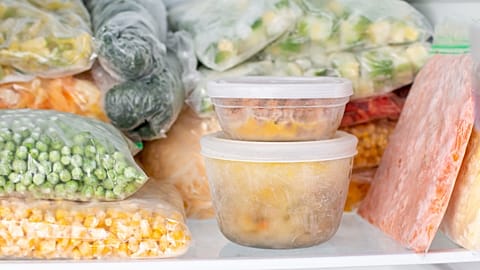Your laundry could be leaking microplastics into your home. Here’s how to wash your clothes more sustainably.
Microplastics have been linked to heart attacks, fertility issues and cancer - and they’re found everywhere from clouds to our bloodstreams.
These tiny plastic particles come from larger plastics that have broken down, with synthetic clothing a key culprit.
Humans consume up to 52,000 microplastic particles per year, according to a 2019 study by scientists in Canada.
While the particles are pervasive in the environment, there are important and simple ways you can reduce their presence in your home - starting with your laundry.
Why you should reduce microfibre pollution in your laundry
When you wash your clothes, hundreds of thousands of plastic microfibres could be released into the environment. While most are retained during wastewater treatment processes, a significant amount still end up in oceans and rivers, where they could be consumed by fish, or in fertilisers that are taken up by crops.
The amount of microfibres released depends on various factors, including mechanical stress and abrasion, your choice of detergent, the water temperature, wash cycle and type of clothing.
The good news is, there are some simple ways you can reduce the amount of microplastics that shed from your laundry.
Which types of clothing shed the most microplastics?
Polyester garments shed the most - up to 1,900 fibres per wash, a 2022 study published in the journal Science of the Total Environment found. Clothing and textiles made of upcycled single-use plastics are especially problematic, even though they are seen as environmentally friendly.
The property of fabrics also impacts shedding, with tightly woven fabrics with longer fibres less likely to emit high levels of microplastics.
Nylon fares better, shedding around eight times less than polyester, according to another study on microfiber pollution by nonprofit Ocean Wise.
As biologist Judith Weis notes, microplastics aren’t the only problem. Chemicals like dyes and anti-wrinkle agents can also leak from clothing, while contaminants in water can stick to microplastic particles making them even more toxic.
Even natural materials like cotton and wool shed non-plastic microfibres that can pick up pollutants. In some cases, these fabrics shed the same amount of microfibres as polyester, Ocean Wise found.
Most pieces of clothing shed the worst on their first wash - yet another reason to opt for quality clothes that you can reuse for a long time, rather than buying into throwaway fast fashion.
Which wash cycle to use to reduce microplastic pollution
Opting for cooler wash cycles could reduce the amount of microfibres that shed in your laundry. As it’s easier on your clothes, it can also help them to last longer.
Cotton cycles that run at high temperatures of around 60°C with a high spin rate place more stress on clothing compared to delicate cycles, leading microfibres to shed, the 2022 study found.
Full loads also help to reduce friction on clothing, further lowering microplastic shedding.
Air-drying clothes on a washing line prevents further microplastic leakage caused by using a dryer machine.
Which detergent to use to reduce microplastic pollution
Laundry detergent can increase microfibre shedding, so using less can help make a wash more sustainable.
Patric Richardson - the ‘Laundry Evangelist’ and host of ‘The Laundry Guy’ on Discovery+ - recently revealed on HuffPost’s ‘Am I Doing It Wrong?’ that we have a tendency to use far too much detergent. He advises using about two tablespoons per load for clean clothes.
Detergent pods are another source of microplastic pollution. They made the headlines recently when New York City Council Member James Gennaro floated a bill to ban them.
Many dishwashing and laundry detergent pods are coated in polyvinyl alcohol (PVA), which dissolves in water. Gennaro says it is neither safe nor biodegradable as has been claimed.
Opt for plastic-free detergent brands and shop at refill stations to reduce your impact.
Use a microfibre filter on your washing machine
Filters that catch microfibres can be installed in your washing machine. In 2020, France mandated that every new washing machine must have one of these by 2025.
A similar law has been introduced in Australia, while campaigners are calling for it to be introduced in the UK too.
The filters retain up to 90 per cent of microfibres, and can be retrofitted onto your existing washing machine. They must be cleaned regularly to ensure they are effective, with fibres being deposited in your solid waste disposal.
If you are purchasing a new clothes washer, opt for one with a microfibre filter built in. Front loading washing machines have also been found to release fewer fibres due to their softer tumbling motion.



















